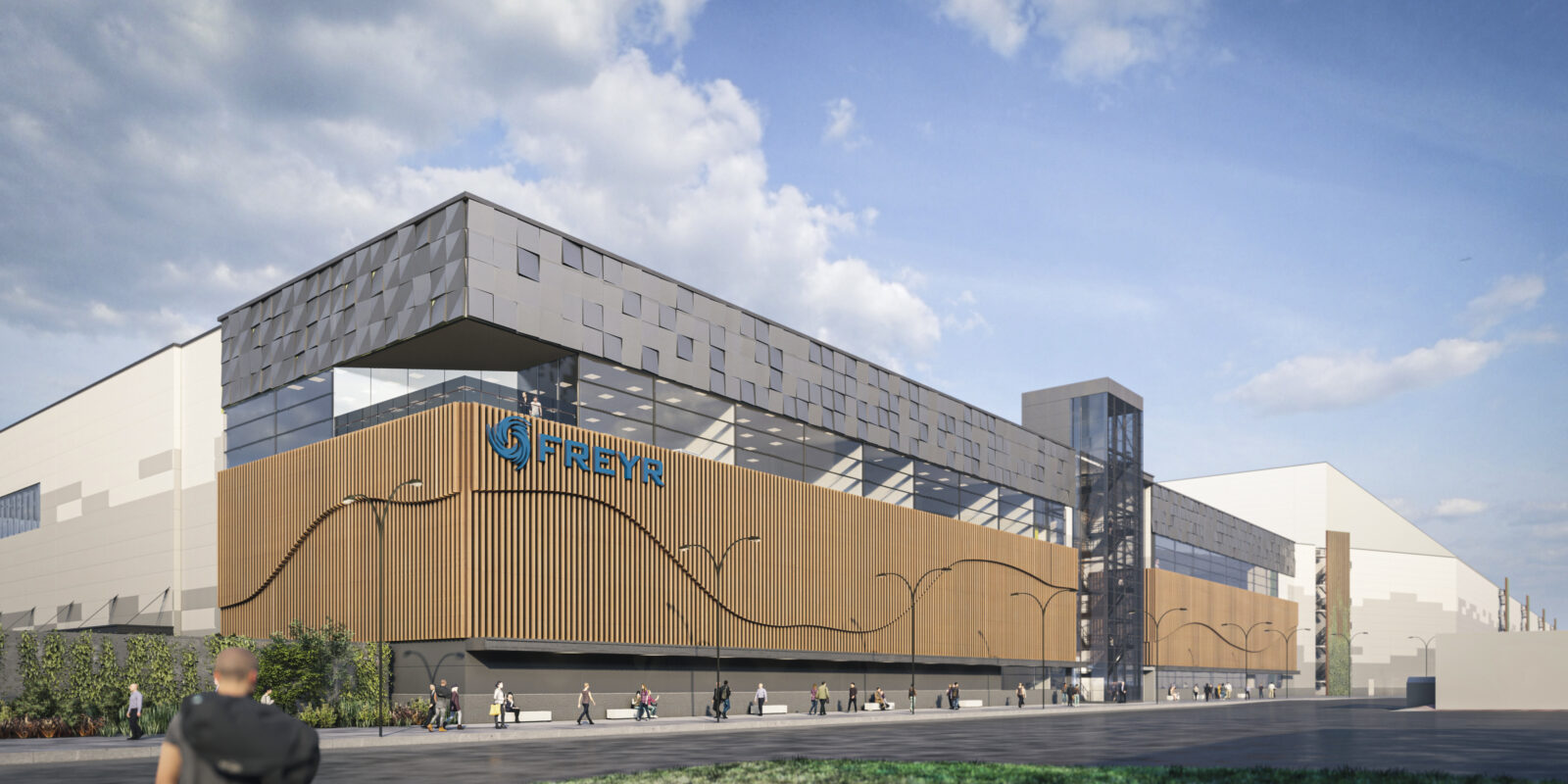Batteries from Giga Arctic could reduce global CO2 emissions by almost twice Norway’s total annual emissions
May 30, 2023

According to a report by Minviro, a life cycle assessment company and independent third-party FREYR Battery has commissioned, the annual production at the planned Giga Arctic facility in Norway could enable FREYR’s customers to mitigate 801 million tons of CO2 emissions over the batteries’ lifetime2 when used for renewable Energy Storage Systems (ESS). This mitigation corresponds to almost twice the total amount emitted in Norway annually3.
FREYR commissioned this report to verify calculations showing that batteries are a major source of CO2 abatement.
Batteries produced each year at Giga Arctic in Norway could enable this vast CO2 reduction in the power market by replacing marginal gas power, according to the report from Minviro.
“The significance of these findings cannot be emphasized enough. The report serves as confirmation and reinforcement of our long-held belief that our planned giga production facility in Norway, Giga Arctic, has the potential to make a substantial impact in reducing global greenhouse gas emissions. This shows that battery production at scale is one of, if not the most, competitive solution compared to other methods of subsidized CO2 abatement,” says Tom Einar Jensen, Co-Founder and CEO of FREYR Battery.
The report comes at an important time as nations are eager to attract battery factory investments. Both the United States and the European Union have introduced new legislation to attract capital, competence, and investments aimed at reducing the dependency on China for critical materials and products for the renewable industry. National framework conditions in Norway will be crucial for the continued development of Giga Arctic. FREYR recently opened its Customer Qualification Plant in Mo i Rana, Norway. Please find a link to the event here.
FREYR has had a core focus on ESS applications in its initial commercialization and has secured more than 130 GWh of customer contracts and conditional offtake agreements for next-generation clean LFP Li-Ion battery cells between 2025 and 2030. FREYR’s offtake portfolio includes a firm sales contract signed in 2022 with Nidec Energy AS to supply 38 GWh between 2025-2030, combined with a joint venture agreement to develop, manufacture, and sell integrated, low carbon ESS solutions to industrial and utility grade customers.
With the introduction of the Inflation Reduction Act (IRA) in the United States and similar measures taken in Europe, the demand for ESS solutions is projected to soar. This trend is reflected in the continuously upwardly revised forecasts for ESS adoption in the U.S. market by the Energy Information Administration (EIA). The latest estimates indicate an 800% surge in ESS demand by 2040 compared to the initial projections made in 2020.
“We continue to believe that ESS will play a crucial role in increasing the utilization of wind and solar power, which can help to replace fossil fuel-based power generation, offering one of the most impactful climate tools that policy makers have available to them,” Jensen added.
Footnotes:
1 Assuming 25GWh annual production and sales from Giga Arctic. 25 GWh annual battery production multiplied with 3.2 Mt of CO2 per GWh in use in the ESS sector (as per the Minviro report)
2 Assuming 20 years lifetime
3 Source: https://countryeconomy.com/ene...
